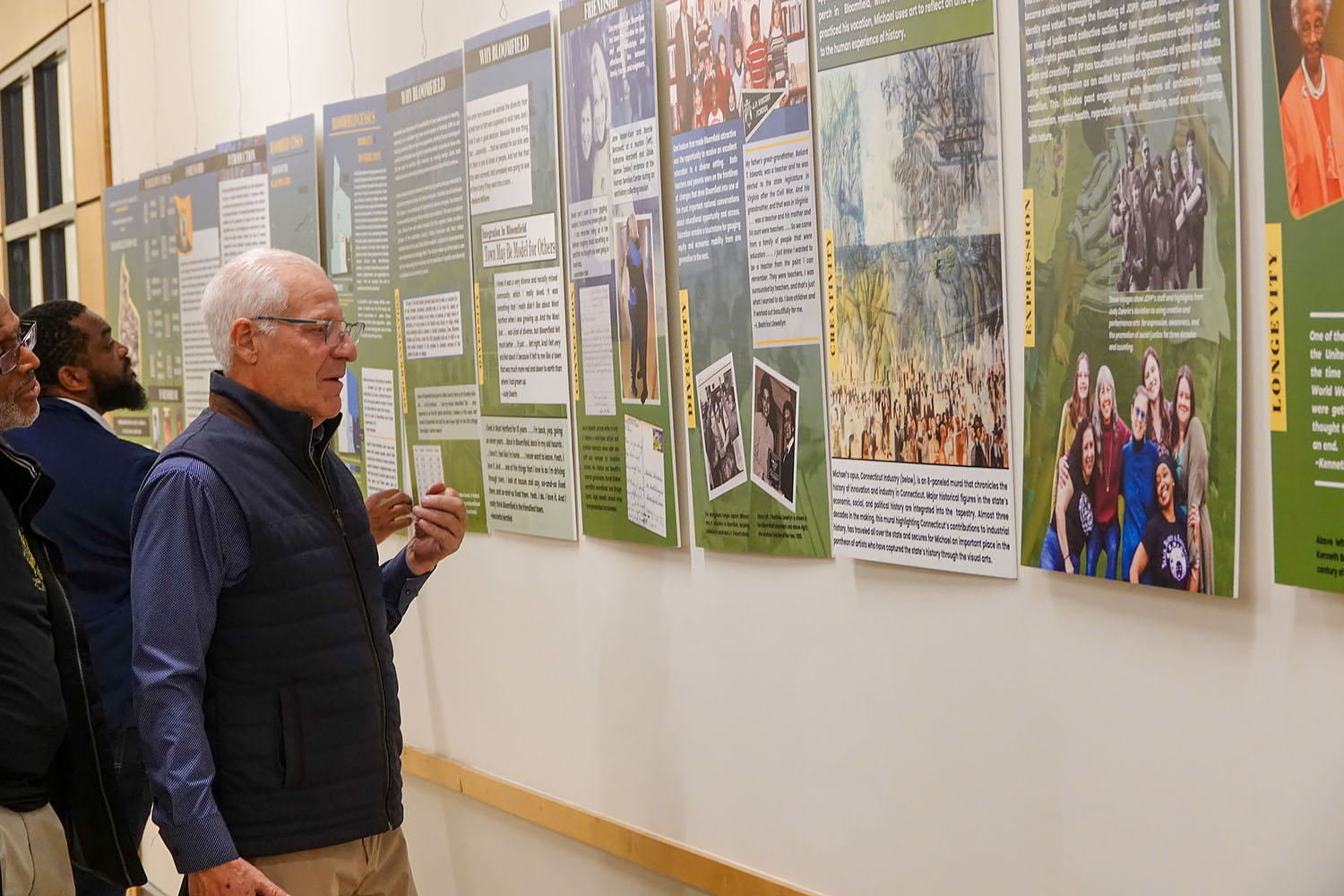Health news distributed on social media is most credible when the source of the information is an established public healthcare organization, but it loses credibility as it is forwarded on by users, specifically through retweets on Twitter, according to a study co-authored by a UConn researcher.
Researchers selected a message from the Centers for Disease Control (CDC) and studied the way it was perceived by social media users as it was retweeted by peers and by non-peers.
The good news is that the message that comes from a large public health organization is still the one that is found to be the most credible. — Kenneth Lachlan
“In looking at patterns in the data with regard to competence, trustworthiness, and credibility, we found that the tweets from the CDC itself, without being retweeted by a third party, were the ones viewed as most credible,” says Kenneth Lachlan, associate professor of communication in the College of Liberal Arts and Sciences and editor of Communication Studies. “You want to see that the news is coming from a trusted authority.”
Lachlan, with colleagues from Penn State Worthington Scranton and the University of Kentucky, recruited about 700 undergraduate students from a large southern university to participate in the study, published in the journal Computers in Human Behavior.
Given the age demographic, researchers selected a public health issue that was germane to young, single college students. The study used a message from the CDC about a recent rise in drug-resistant gonorrhea, a health risk not covered extensively by the media at the time of the data collection. Participants were asked to view one of six mock Twitter pages.
Researchers looked at how Twitter functioned in three keys areas: authority (cues that assign credibility to a website); identity (cues that trigger credibility perception based on information associated with peers who post on Twitter); and bandwagon (cues which employ the logic that “if others think this is a good story, then I should think so, too”).
For the non-retweeted messages, those stemming from the CDC were found most credible. For the retweeted messages, introducing the bandwagon cue seems to change things. Stranger retweeting a peer produced the strongest perceptions of trustworthiness and goodwill amongst the retweet conditions.
“In sum, a tweet coming directly from the CDC is overwhelmingly the best-received. When we introduce bandwagon cues [by retweeting], retweets of peers are viewed with slightly more credibility,” he said. “There is also some kind of credibility being given by messages that have other heuristics attached to them, like we both go to the same university.”
The new study by Lachlan and his colleagues is an extension of their previous research that reviewed Twitter messages following Hurricane Sandy in October 2012, the storm that caused $394.3 million worth of damage in New England.
“We have a very long history … of understanding how people make sense of, or believe and listen to certain messages that advocate for certain health behaviors through traditional media,” says Lachlan. “But we don’t yet know very much about how we use social media to make sense of these things or where we ascribe credibility, and how and why.”



